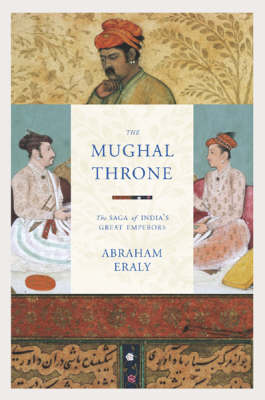In December 1525 Babur, the great grandson of the Mongol conqueror Tamberlaine, crossed the Indus river into the Punjab with a modest army and some cannon. At the battle ot Panipat five months later he routed the mammoth army of the Afghan ruler of Hindustan. Mughal rule in India had begun. It was to continue for over three centuries, shaping India for all time. Babur won further victories but after his death the Mughals were thrown out of India. It required a new invasion in 1554, brilliantly consolidated by Babur's grandson Akbar, to restore their rule. The reign of Akbar, from 1556 to 1605, is one of the great ages of Indian history. An unorthodox Muslim himself, Akbar favoured religious toleration, and the architecture of his new capital at Fatehpur Sikri reflected both Islamic and Hindu traditions. Under the next conqueror, Jenhangir, and his son, Shah Jehan, who built the Taj Mahal, the Mughal Empire reached a pinnacle of prosperity and wealth. But the light of Mughal civilisation was beginning to fade, even though the last of the great emperors, the cunning but dour Aurangzeb, who ruled from 1656 to 1707, added most of southern India to the empire.
Full of dramatic episodes and colourful detail, The Mughal Empire tells the story of one of the world's great empires.
- ISBN10 1842127233
- ISBN13 9781842127230
- Publish Date 10 April 2003
- Publish Status Out of Print
- Out of Print 10 April 2007
- Publish Country GB
- Publisher Orion Publishing Co
- Imprint Weidenfeld & Nicolson History
- Edition New edition
- Format Hardcover
- Pages 544
- Language English
